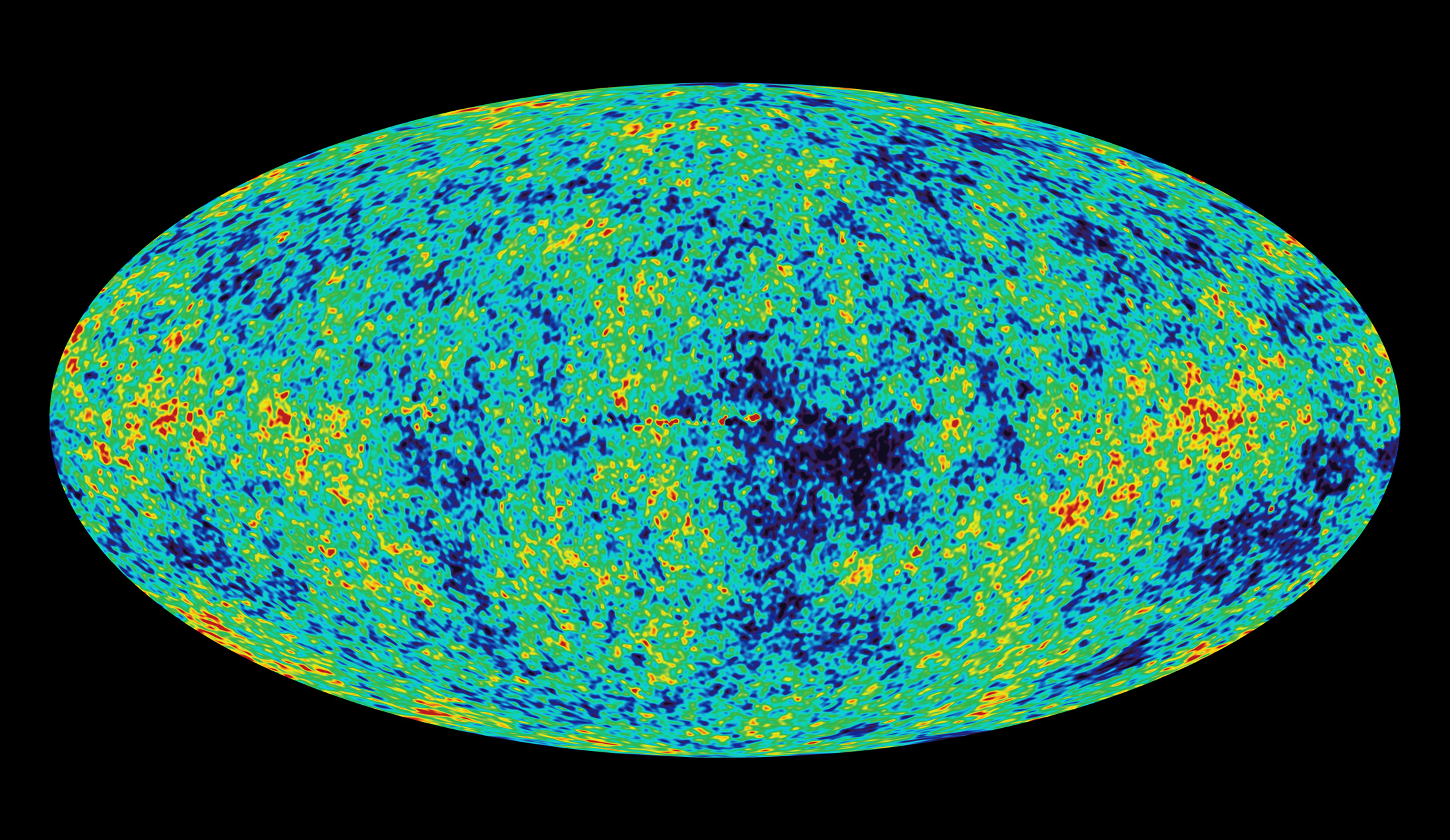To know what’s at the end of the universe, we should start from the beginning. There are many different ideas for how our universe began, but the most popular one is the Big Bang Theory. The Big Bang Theory was first proposed in the 1920’s, saying that the universe once started out super small. From its tiny beginnings, the universe stretched and expanded until it became as big as it is now.
NASA says, if we looked at the universe one second after the Big Bang, we would most likely see a 10-billion degree sea of particles, such as neutrons, protons, and electrons. That’s really hot! As everything expanded and took up more space, it all cooled down as time passed. Particles grouped together and formed atoms. These atoms gave birth to stars and galaxies and molecules, and eventually the universe was filled with all the planets, people, and friends that you have today! And that’s not all.
Our universe could still be expanding and stretching, and might do so for a long time. Maybe forever! It’s all super amazing to think about, but why is the Big Bang the leading theory? Do we have any proof? Well, around the same time that the Big Bang Theory was introduced, Edwin Hubble made an interesting observation.
He noticed that other galaxies were moving away from us in all directions. Not only that, but the farther apart galaxies were from us, the faster they would seem to be moving away. Hubble’s observation was so significant because it showed that the universe is still expanding. If things are moving apart, it stands to reason that they were once closer together.
The discovery of the cosmic microwave background, or CMB for short, also helped give credit to the Big Bang Theory. Since the Big Bang says that our early universe was a very hot place that eventually cooled down, there should be leftover radiation. Robert Wilson and Arno Penzias were the first to find the radiation while they were building a radio receiver. Since then, we’ve learned more about the CMB from missions such as NASA’s Cosmic Background Explorer and the Wilkinson Anisotropy Probe.
We now know that CMB radiation is not only very cold, close to absolute zero in fact, but that it's also pretty uniform throughout the universe. This uniformity is why it makes sense that it all came from one place or a point, like the Big Bang. So, if the universe is still expanding, what’s at the end of it?
Well, we can’t know for sure right now and there’s a good chance that we never will. That’s because the universe doesn’t just seem to be expanding, but also getting faster as it does. If it doesn’t stop, we’ll probably never be able to find a way to go fast enough to reach it, since we believe it’s already expanding faster than the speed of light. Maybe one day somehow we'll find out.



